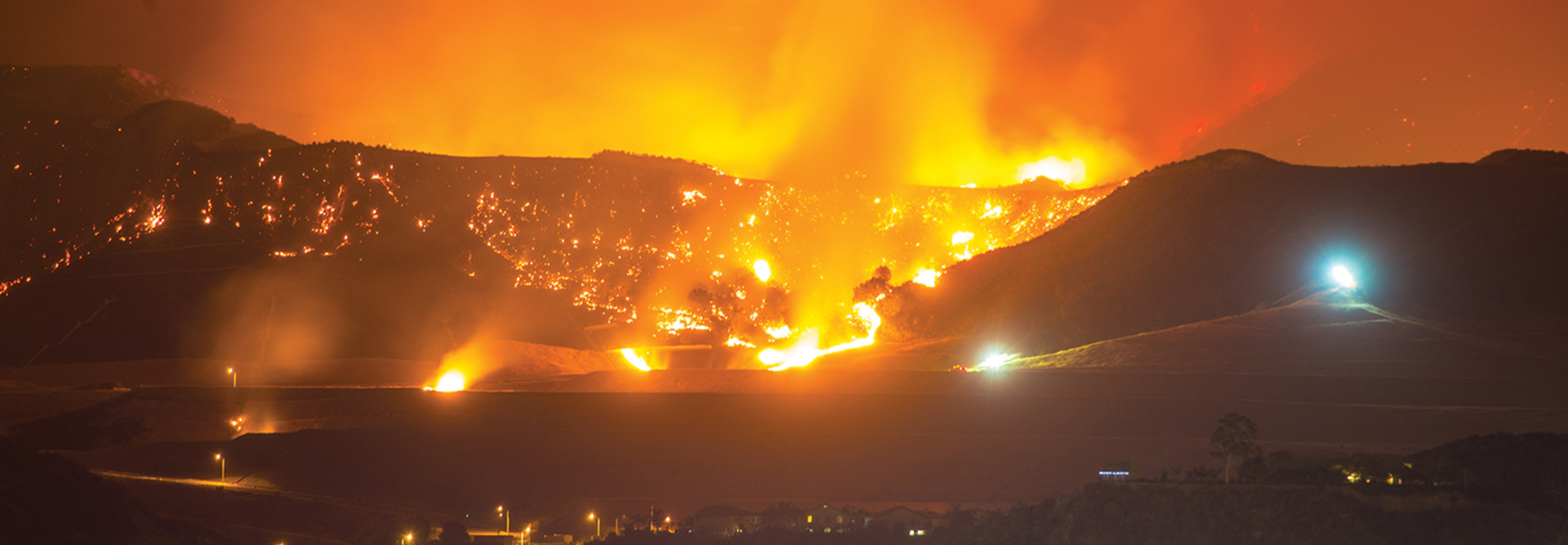State and Local IT Departments Take Steps to Prepare for Disasters
Major hurricanes and the California wildfires recently served as difficult reminders that the U.S. regularly experiences natural disasters, both large and small, that can impact communities and put lives at risk.
In 2016, the country saw six major floods caused by rains that exceeded one-in-1,000-year expectations, based on government data analyzed in a report from CoreLogic.
That same year, the U.S. Geological Survey recorded 943 earthquakes of magnitude 3.0 or greater, and the National Interagency Fire Center reported more than 5.4 million acres burned in nearly 63,000 incidents. About 31 percent of the continental U.S. experienced severe winds of at least 60 miles per hour.
Those numbers mean that, for many state and local IT agencies, the future holds the real possibility of a natural hazardous event that will significantly disrupt operations. Teams and network systems must be ready when disaster strikes.
Preparation Offers Local IT Teams an Unprecedented Opportunity
During these times of crisis, citizens look to their government to provide assistance and maintain the infrastructure that underpins our communities and our society — including critical technology. In fact, technology affords us an opportunity unprecedented in human history: the chance to mitigate the peril of these events.
Examples around the nation provide insight into effective preparation. In Orlando, Fla., the city IT department’s extensive planning played an important role in the response to Hurricane Irma. In Beverly Hills, Calif., IT leaders have built two backup data centers in different fault zones, each with multiple connections for redundancy, to minimize downtime risk from earthquakes.
The city of Denton, Texas, regularly tests its business continuity and disaster recovery plan to continually make improvements.
Public sector IT teams can take great pride in the fact that, every day, their work enhances the communities in which they live. This is especially true when preparing for natural threats that may come our way.









